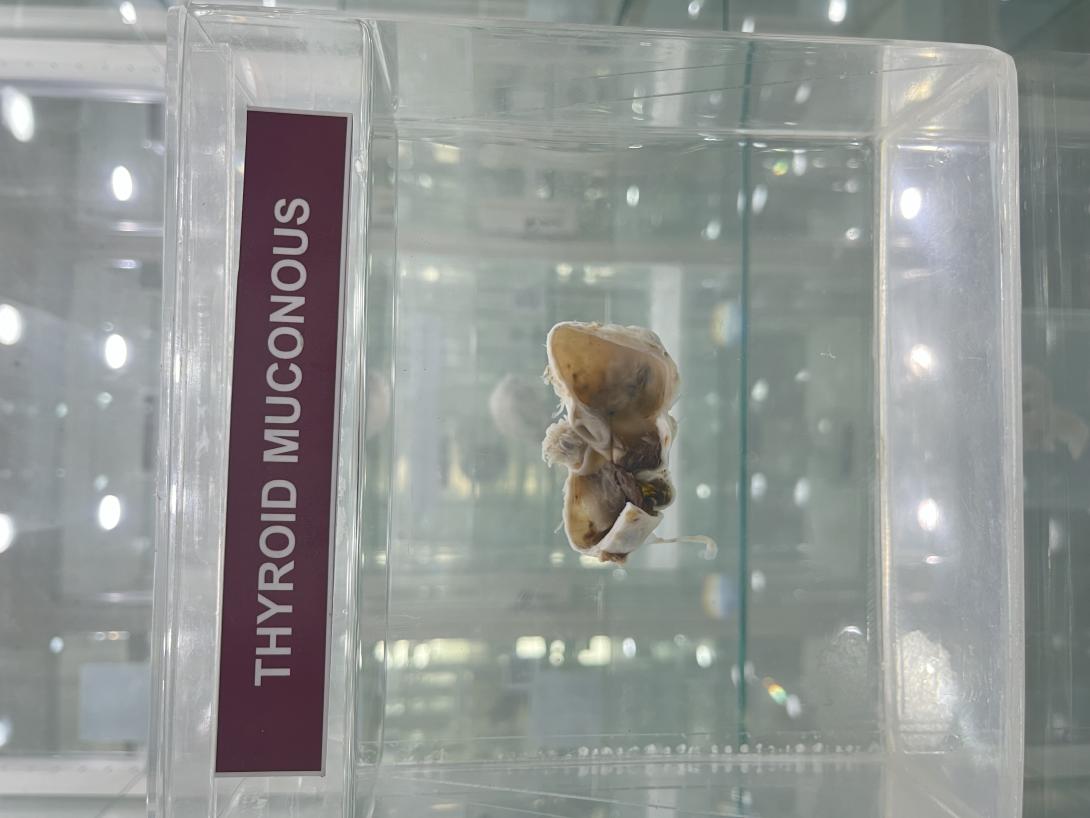The thyroid gland is an endocrine gland located in the neck, just below the larynx and in front of the trachea. It consists of two lobes connected by a narrow isthmus and is surrounded by several important structures, including the trachea, esophagus, and carotid arteries.
Nerve Supply: The thyroid gland is innervated by the sympathetic and parasympathetic nervous systems. Sympathetic fibers originate from the cervical sympathetic ganglia and travel along the carotid arteries to reach the gland. Parasympathetic fibers come from the vagus nerve and also reach the gland via the carotid arteries.
Blood Supply: The thyroid gland is supplied by the superior and inferior thyroid arteries, which are branches of the external carotid artery. The superior thyroid artery supplies blood to the upper pole of the gland, while the inferior thyroid artery supplies blood to the rest of the gland. The thyroid gland also has a rich network of small blood vessels called thyroidal arteries, which provide additional blood supply.
Lymphatic Drainage: The lymphatic drainage of the thyroid gland is complex and involves several lymph nodes located in the neck region. The lymphatic vessels from the thyroid gland drain into the deep cervical lymph nodes, which are located along the internal jugular vein. Additionally, there are pretracheal, paratracheal, and retropharyngeal lymph nodes that also receive lymphatic drainage from the thyroid gland.

